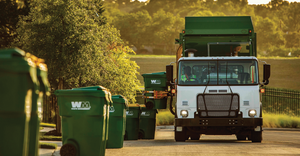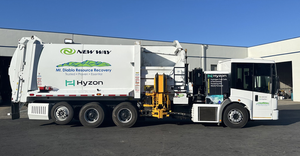Southeast Asia Faces Floods of Plastic Trash
Over the past year, Malaysia and other countries in Southeast Asia have become the world’s largest importers of plastic scrap.
Since China’s National Sword went into effect, Malaysia and other countries in Southeast Asia, including Thailand and Vietnam, have become the world’s largest importers of plastic scrap, receiving hundreds of millions of tons from the United States, Europe, Japan and elsewhere.
According to a Huffington Post report, in Malaysia, shipments of imported plastic are piling up at ports, and a robust underground industry of illegal recyclers has spread across the nation, affecting the health and safety of local communities.
Since Malaysia has become the largest destination for the United States' scrap plastic exports in Asia, it is now subjecting global scrap plastic shipments to new regulations. Additionally, 100 illegal plastic waste factories in Malaysia were scheduled to be shut down in the first quarter of 2019, the country’s environment minister announced in January.
Huffington Post has more details:
Bales of plastic garbage, stacked 15 feet high, shimmered in the 100-degree heat. They gave off a faint chemical smell as they warped and softened under the equatorial sun.
A canary-yellow Walmart clearance tag poked out from one of the dirty heaps. Wrappers and packages from American products were visible nearby. These items had likely traveled 10,000 miles to this unmarked and apparently unauthorized dumpsite in a quiet industrial neighborhood in northwestern Malaysia.
Ad hoc dumps like this one, teeming with foreign waste, have popped up across Southeast Asia in recent months ― each an ugly symbol of a global recycling system that regional activists and politicians have described as unjust, inequitable and broken. In January and February, HuffPost visited several of these sites in Malaysia to see what really happens to much of the plastic trash that originates in the U.S. and other wealthy nations.
About the Author
You May Also Like


